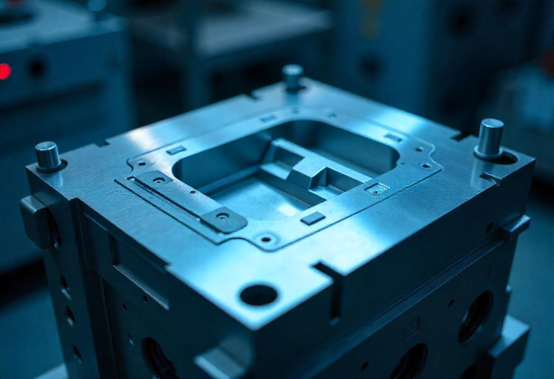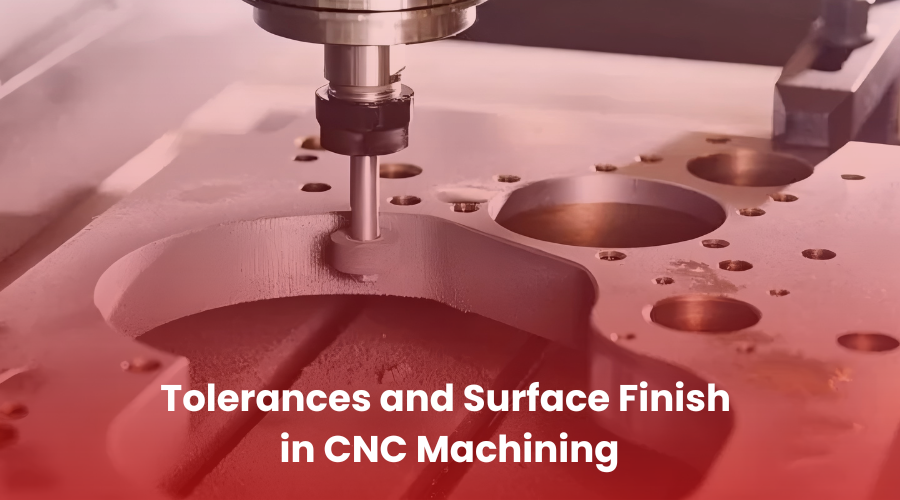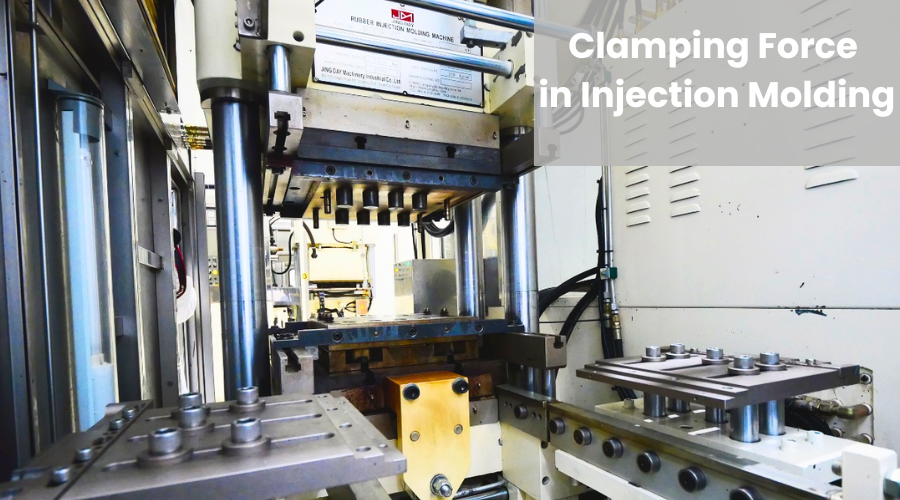
How to Improve Injection Molding Mold Lifespan?
Injection molding molds play a critical role in the manufacturing industry. These molds are responsible for shaping plastic components used in various sectors, including automotive,


Injection molding molds play a critical role in the manufacturing industry. These molds are responsible for shaping plastic components used in various sectors, including automotive,

Injection molding molds play a critical role in the manufacturing industry. These molds are responsible for shaping plastic components used in various sectors, including automotive, medical, and consumer goods. However, molds are subject to wear and tear over time due to factors like corrosion, abrasion, and thermal fatigue. Plating and coating techniques help extend mold lifespan by enhancing surface properties, reducing wear, and improving resistance to environmental factors. This article explores how different plating and coating methods can enhance mold durability and efficiency. What is Mold Plating and Coating? Mold plating and coating involve applying protective layers to the mold

Mold texturing is a crucial step in injection molding that enhances both function and aesthetics. It involves modifying the mold’s surface to create patterns, textures, or finishes that improve product performance. A well-textured mold can reduce glare, increase grip, enhance durability, and provide a premium look. This process is widely used in industries such as automotive, consumer electronics, and medical devices. Each sector has unique requirements, making mold texturing an essential technique for manufacturers seeking high-quality and consistent production. In this article, we will explore the mold texturing process, the best materials for texturing, different techniques used, common challenges, and

In injection molding, material selection is important in determining the final product's performance, durability, and suitability for its intended application. This is especially true in

Injection molding has become the backbone of modern manufacturing, providing a cost-effective way to produce consistent, high-quality parts on a large scale. Yet, like any

The selection of the appropriate CNC surface finish is a significant factor that defines the quality and functionality of the machined parts. The type of surface finish depends on the need to meet the aspects of performance, appearance, and durability of the part.

Over-molding is a key process in modern manufacturing due to its innovation and flexibility. It involves joining two or more materials to create a single part, enhancing product strength, appearance, and use.

High-pressure die casting (HPDC) is a popular manufacturing process used to produce complex and high-precision metal parts, particularly for industries like automotive, aerospace, and consumer electronics. In this article, we will explore the key benefits and drawbacks of high-pressure die casting to help manufacturers and customers determine if it’s the right fit for their production needs.

CNC machining is known for its precision and versatility, but two critical aspects that can make or break the success of any machining project are tolerances and surface finish. These factors determine the functional and aesthetic quality of machined components. Understanding how to achieve desired tolerances and surface finishes is important for manufacturers looking to meet client specifications, maintain cost-efficiency, and ensure the reliability of machined parts.

The selection of the appropriate CNC surface finish is a significant factor that defines the quality and functionality of the machined parts. The type of surface finish depends on the need to meet the aspects of performance, appearance, and durability of the part.

Over-molding is a key process in modern manufacturing due to its innovation and flexibility. It involves joining two or more materials to create a single part, enhancing product strength, appearance, and use.

High-pressure die casting (HPDC) is a popular manufacturing process used to produce complex and high-precision metal parts, particularly for industries like automotive, aerospace, and consumer electronics. In this article, we will explore the key benefits and drawbacks of high-pressure die casting to help manufacturers and customers determine if it’s the right fit for their production needs.

CNC machining is known for its precision and versatility, but two critical aspects that can make or break the success of any machining project are tolerances and surface finish. These factors determine the functional and aesthetic quality of machined components. Understanding how to achieve desired tolerances and surface finishes is important for manufacturers looking to meet client specifications, maintain cost-efficiency, and ensure the reliability of machined parts.

CNC is one of the most vital innovations in contemporary production since it offers precise and computerized cutting of parts. This article aims to talk about 3-axis vs 5-axis CNC machining, giving a comparison of their techniques, their descriptions, and information about their application

Injection molding is a significant manufacturing method.This article will advance the understanding of the clamping forces in injection molding, how to determine them, as well as why it is essential to collaborate with the top injection molding company.

Injection molding molds play a critical role in the manufacturing industry. These molds are responsible for shaping plastic components used in various sectors, including automotive,

Mold texturing is a crucial step in injection molding that enhances both function and aesthetics. It involves modifying the mold’s surface to create patterns, textures,

After the festive celebrations of the Chinese New Year, we are excited to announce that our company has resumed full operations and is ready to tackle new challenges in the year ahead. With the holiday behind us, we’re back to work with a renewed focus on delivering top-notch manufacturing solutions and incorporating the latest technological advancements into our processes.

Injection molding and extrusion stand out as versatile and widely-used methods. But how do these two processes differ, and when should each be chosen? This article explores their distinctions, advantages, disadvantages, and applications to help you make an informed decision for your project.

Nowadays, the demand for manufacturing speed, precision, and scalability has never been higher. Choosing the right production method is critical, especially when deciding between traditional Injection Moldingand newer technologies like Multi-Jet Fusion.

HordRT is excited to introduce state-of-the-art flocking equipment to its production line, enhancing its ability to provide high-quality surface finishes. This advanced technology offers premium textures for industries such as automotive, electronics, and packaging, delivering durability, versatility, and aesthetic appeal while promoting eco-friendly practices.
For calls, please contact us from Tuesday to Saturday (CST 8:30 AM - 5:30 PM).
Address 1: NO.222, YIXIAN ROAD, THE SIXTH INDUSTRIAL ZONE, NANLANG STREET, ZHONGSHAN CITY
Address 2: E BLDG,HUAYIN WISE VALLEY, NO.2 JIANSUO STREET,SCMCMC, NANLANG TOWN,ZHONGSHAN